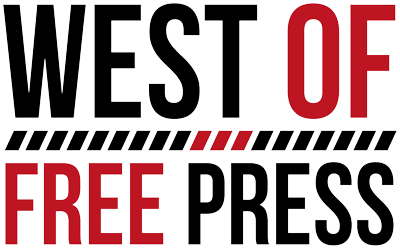Bob Zobel remembers that three school buses served all of St. Andrew’s Parish in 1936 and that Mr. Lamar of Lamar’s Service Station had the contract to run the buses.
The first stop for one of the Lamar school buses was the Zobel home at 55 Folly Road. Bob Zobel would get on the bus and serve as the bus captain for the front of the bus. Frank Waters served as the captain for the back of the bus. One day in 1940 Bob asked Frank if he would switch places because Bob wanted to say hello to Frank’s sister Peggy who was seated by herself in the back of the bus. The tenth grader was a little too forward for Peggy’s taste and she responded to his overture with her #2 pencil to his thigh. And there began their romance that led to their marriage on July 29, 1951 and their life together in St. Andrew’s Parish.
A little backstory, Peggy’s father, J D Waters, was a manager for A & P Grocery in Florida when he was transferred to Walterboro. Not too much time passed before he was moved to the Charleston store on King Street. When this store closed, his wife Ruth Lee contacted Means and Peek, two influential men in the growing community of St. Andrew’s Parish, and convinced them to build her husband a grocery store.
According to Peggy they built a store in 1939 on Savannah Highway, just across the Ashley River Bridge near Bootles. When shown a photograph of the Golden Acorn, both Bob and Peggy exclaimed — that’s the building! By 1943 Waters had purchased the building, owned by Mr. Giels, in Avondale next to the Pharmacy after selling his first establishment to Charles Croft, who ran a butcher shop in the back of this grocery store for several years. The transition to the Golden Acorn is still a mystery.
Waters was well loved in the community and the guards from the Prisoner Of War camp, located on Savannah Highway, would shop in his establishment. (Yes you read that right – Peggy’s story confirms that a camp did exist on the land that would become Westwood. This is a very solid memory of hers.) When Waters suffered a stroke the “ambulance” (a station wagon with a bed in the back) from the P.O.W. camp was offered and used to deliver him downtown to St. Francis hospital.
Their combined memories of growing up in St. Andrew’s Parish would fill volumes. Between them they probably knew everyone who lived in the Parish during this time. Bob’s father was born on George Street in 1901 or 1902 – you choose. Various papers of his father’s give the different years. Prior to his military career that included time in Sicily, Italy during World War II, Colonel R.D Zobel worked with his father in the house demolition business. Thus in 1933 when he purchased land in Windermere he could use materials recovered from demolition to frame their home. Colonel Zobel left for service when Bob was 9 years old and returned when he was 17. A tough experience.
Bob tells of pulling traps at the Skeet Club on the Ashley River and recalls that Hugh Lane was a big tipper (.25 cents). He remembers when Arthur Ravenel Jr. rode his horse up the front steps of St. Andrew’s Parish High School and down the main hall of the school, breaking the red tiles that created the design on the hall floor.
There was a Dairy at Albemarle. Horses were kept by Dr. Hyatt on the Folly Road property that later housed Concrete Products. On the southwest corner of Wesley Drive and Savannah Highway was a building that housed the courtroom for Judge Struhs, the local magistrate, in the front and Joe Harrison stored his feed, seed, and fertilizer for his various farms in the back.
A tennis court next to the building was a gathering place for local children who often irritated Struhs’ court sessions with tennis balls bounced on the side of this building. The Roy Hart diner that they frequented was located near the south west corner of Savannah Highway and Coburg Road. It was a drive up establishment with service to the cars. Louis Waring worked at this Roy Hart and he would “make music on your cars”. The Fountain Inn located on the southeast corner of Coburg Road and Savannah Highway was a “rough place.” The Sugar Bowl was another hang out for young people in the Parish. It was a small wood frame building located behind the current location of Gerald’s Tires. They served great milk shakes and hamburgers and sponsored the baseball teams in the Parish.
Did the Zobel’s stories spark your memory? Contact Donna at westashleybook@gmail.com
(843) 766-WEST (9378)
publisher@westof.net







